Fraction
A fraction represents a part of a whole or a part of a group. It consists of a numerator (the top number) and a denominator (the bottom number).
Types of Fractions
- Proper fraction: A fraction where the numerator is less than the denominator, such as 1/2 or 3/4.
- Improper fraction: A fraction where the numerator is greater than or equal to the denominator, such as 5/3 or 7/4.
- Mixed number: A whole number combined with a fraction, such as 2 1/3 or 3 2/5.
Equivalent Fractions
Equivalent fractions are different fractions that represent the same part of a whole. They can be obtained by multiplying or dividing both the numerator and the denominator by the same non-zero number.
Adding and Subtracting Fractions
When adding or subtracting fractions, the denominators must be the same. If they are not the same, you need to find a common denominator before performing the operation.
Multiplying and Dividing Fractions
Multiplying fractions is simple - you just multiply the numerators and denominators together. Dividing fractions is similar, but you need to multiply by the reciprocal of the second fraction.
Study Guide
To master fractions, it's important to practice various operations involving fractions. Here are some steps to follow:
- Start by understanding the concept of fractions, including the numerator and denominator.
- Learn to identify and classify different types of fractions - proper, improper, and mixed numbers.
- Practice finding equivalent fractions by multiplying or dividing both the numerator and the denominator by the same number.
- Work on adding, subtracting, multiplying, and dividing fractions, making sure to simplify the results if necessary.
- Apply fractions to real-life situations, such as measuring ingredients for a recipe or dividing a pizza among friends.
Remember, practice is key to mastering fractions. The more you practice, the more comfortable you'll become with working with fractions.
.◂Math Worksheets and Study Guides Fifth Grade. Data Analysis

 Activity Lesson
Activity Lesson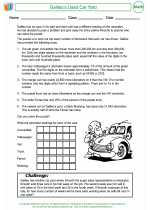
 Activity Lesson
Activity Lesson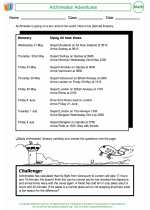
 Activity Lesson
Activity Lesson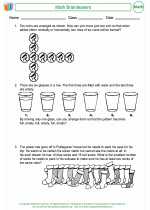
 Activity Lesson
Activity Lesson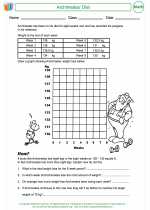
 Activity Lesson
Activity Lesson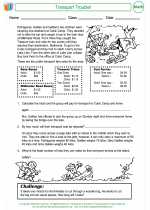
 Activity Lesson
Activity Lesson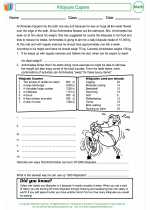
 Activity Lesson
Activity Lesson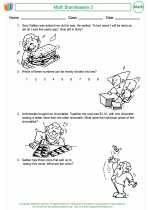
 Activity Lesson
Activity Lesson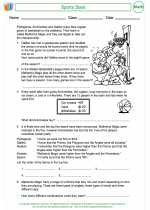
 Activity Lesson
Activity Lesson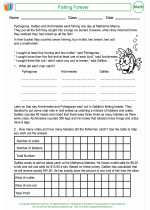
 Activity Lesson
Activity Lesson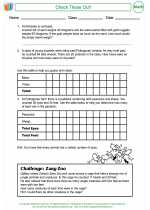
 Activity Lesson
Activity Lesson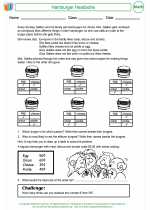
 Activity Lesson
Activity Lesson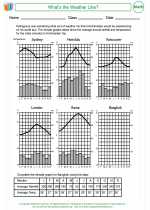
 Activity Lesson
Activity Lesson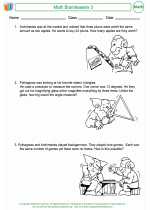
 Worksheet/Answer key
Worksheet/Answer key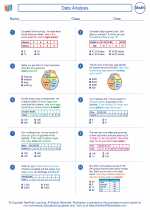
 Worksheet/Answer key
Worksheet/Answer key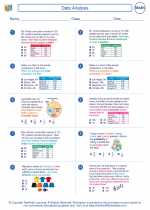
 Worksheet/Answer key
Worksheet/Answer key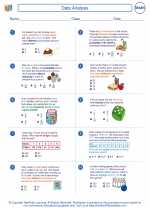
 Worksheet/Answer key
Worksheet/Answer key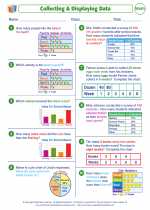
 Worksheet/Answer key
Worksheet/Answer key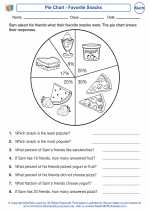
 Worksheet/Answer key
Worksheet/Answer key
